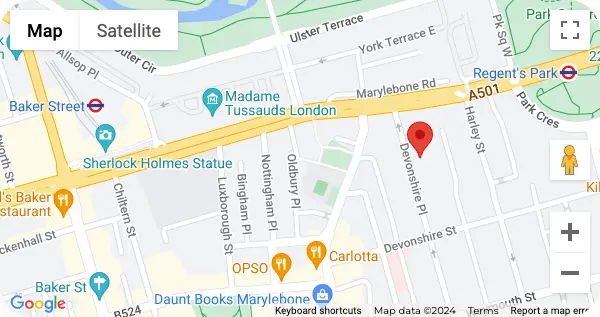Moisturization helps the skin to adapt during growth or change. Using lotions or oils that contain shea butter, hyaluronic acid or vitamin E may help reduce your risk of developing stretch marks.
Maintain a healthy weight
Slow weight changes mean that your skin has time to adapt and generate new collagen, which in turn will minimise the stress on the tissue that causes tears and stretch marks.
Follow a healthy diet
Nutrients such vitamin C, zinc, and protein support collagen production and enhance skin repair while promoting skin’s elasticity, which ensures skin can stretch more safely.
Work out regularly
Regular exercise keeps weight in check and tones the skin’s supportive tissue to avoid sudden strains which can result in marks.
Use Collagen Boosting Topical Products
Ingredients such as peptides and retinol stimulate the production of collagen, enhancing skin strength and minimising the risk of stretch marks while stretching.
Massage stretch-prone areas regularly
It increases blood flow and skin flexibility.
How can massaging on a regular basis help with prevention?
Gentle massage stimulates the circulation and lymph flow which increases the skin’s comfort during the hormonal changes that can occur during pregnancy and helps reduce the appearance of stretch marks.
Limit use of corticosteroid creams
Long-term use can reduce skin thickness and collagen levels, making the skin fragile and more likely to develop stretch marks even with slight stretching.
Wear supportive clothing during pregnancy
Wearing maternity clothes supports the belly for less stress on the skin.
Supportive clothing also helps to spread out your weight and lessen pressure on your stomach and hips, limiting the chances of skin stretching too fast.











